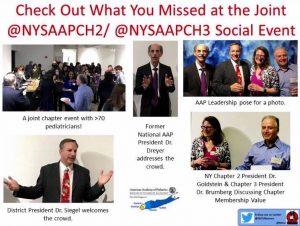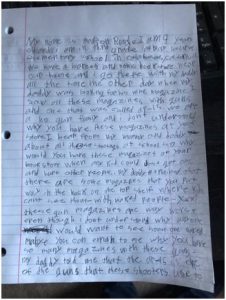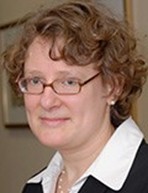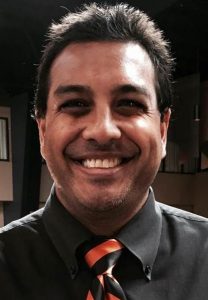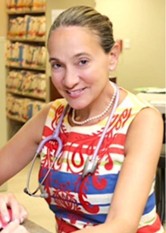|
|
|
|
|
|
|
|
|||
|
|
|||
|
|||
|
|
|||
|
|||
|
|
|||
|
|||
|
|
|||
|
|||
|
|
|||
|
|||
|
|||
|
The Officers of Chapter 2 are happy to hear from you. Let us know about your concerns, your needs, and your suggestions. We regularly post webinars, educational opportunities, resources, handouts, and videos on our website: ny2aap.org Follow us on Twitter: @NYSAAPCh2 My best, Steve Goldstein, Chapter President SJG34@Cornell.edu and the Officers: |




